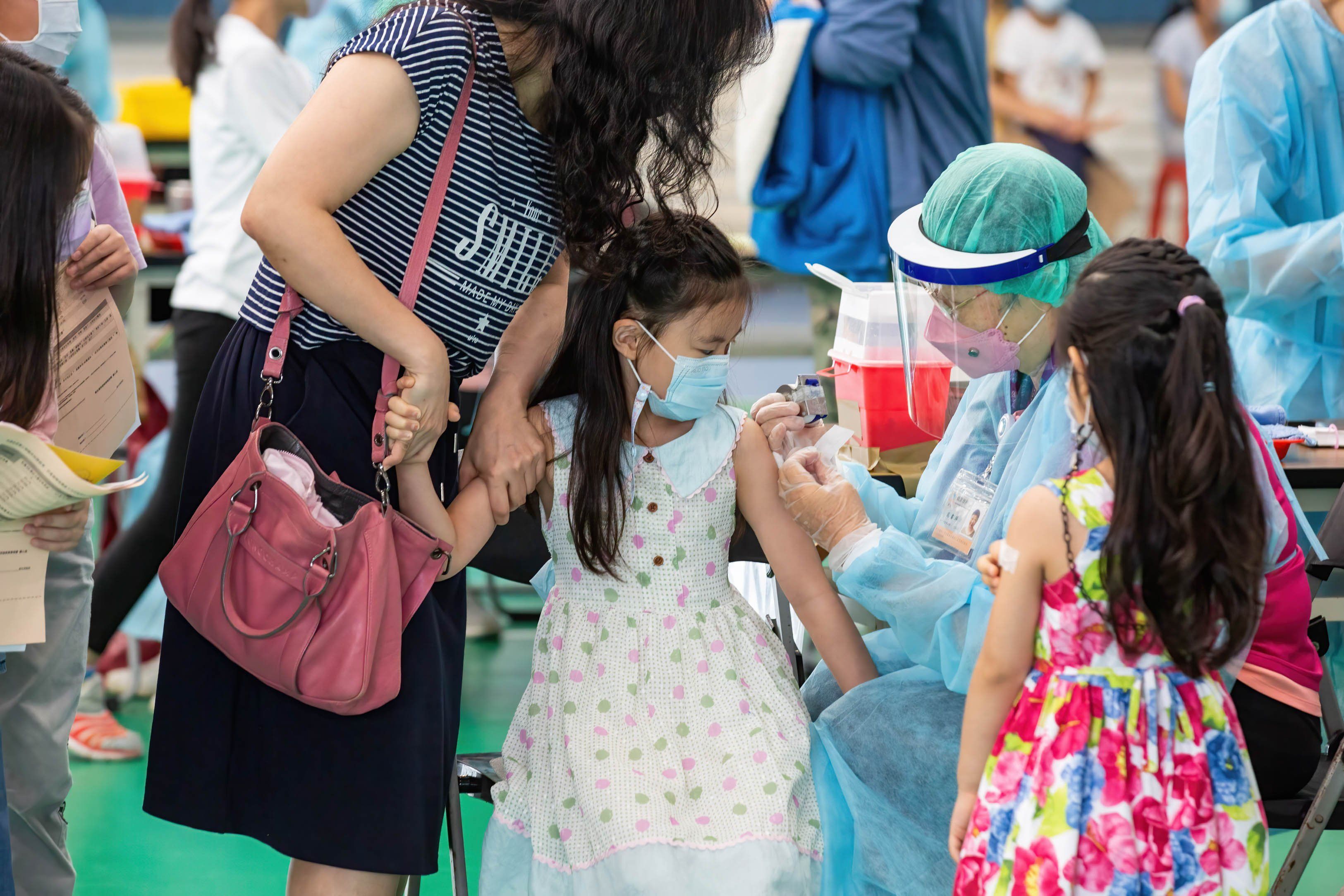It’s been almost three years since the World Health Organization declared COVID-19 a global pandemic.
Since then, we have gone from the fear of greeting one another in public to the horrors of overcrowded ERs and morgues — to the remarkably fast development of a vaccine and its uneven rollout. Nearly 7 million people have died worldwide, and while the virus is still out there, most countries now have access to effective jabs.
How did we do? In mid-2020, many of us were visiting loved ones through hospital windows, spraying our grocery bags with bleach, and wondering whether public life would ever again go “back to normal.” It seemed like the horror would never end, but a break in the clouds came in Dec. 2020, with the first mRNA vaccines making their way into arms in the US and UK. (Chinese jabs were developed first but proved less effective, and no one remembers Russia’s miracle drug that never was.)
While it seemed like a long wait, the vaccines were rolled out in record time. “We had a virus that was not known to science before December 31, 2019, and we had a vaccine in people's arms in December 2020,” says Dr. Amesh Adajla. a senior scholar at the Johns Hopkins Center for Health Security.
Prior to COVID, the fastest-ever rollout of a vaccine was for mumps, and that took nearly four years. Within 12 months, the coronavirus jab was available thanks to concentrated research. Decades of DNA research enabled scientists to being designing the mRNA for the COVID vaccine as soon as genetic code became available.
“Various scientific groups and manufacturers were able to provide enough doses to do very big studies very quickly, so we had answers super early,” says Dr. Margaret Ann Harris, an epidemiologist at the WHO. “Never in the history of humanity have we had really good data so quickly.”
Today, some 5.5 billion people around the globe – 72% of the population – have received at least one dose. But in the early months, the rollout was slow and uneven.
Global inequities in access and high rates of vaccine hesitancy made the world vulnerable to new variants. Vaccine nationalism — the me-first approach to battling COVID — saw Western countries opting to inoculate their own populations before sending vaccines abroad. But, as Ian Bremmer told us then, the race to outsmart COVID was (and is) global.
Health officials in early 2021 stressed the need to treat vulnerable populations around the globe first — and not only for humanitarian reasons. After all, outbreaks anywhere put everyone in danger of new mutations that could compromise the existing vaccines, as we’ve seen to varying degrees with both the delta and omicron variants.
The COVAX initiative worked to get vaccines to the rest of the world — to date delivering nearly 2 billion doses to 146 countries — but supply issues and vaccine nationalism slowed their efforts early on. Dr. Harris says she became “the most hated person in Britain” in early 2021 for saying that the next step after vaccinating the at-risk population at home should be to send jabs to vulnerable groups abroad.
So how can we do better next time? It’s perhaps no surprise that domestic politics pushed governments to cater to their own populations first.
“Politicians will always default to protectionism. The same thing happened during the 2009 H1N1 influenza pandemic when Australia developed the first vaccine and they put export restrictions on it,” says Adajla.
The only way to avoid that is to make plans now. “We must put a clear strategy in place to distribute vaccines globally, put aside what keeps individual groups happy and go for what really needs to be done for humanity,” says Harris, noting how there are still plenty of countries where under 40% are vaccinated against COVID today
A WHO treaty is in the works that lays out recommendations for pandemic-related international cooperation, preparedness, and response. We’ll be watching to see whether it can help protect us from the scourge of vaccine nationalism.